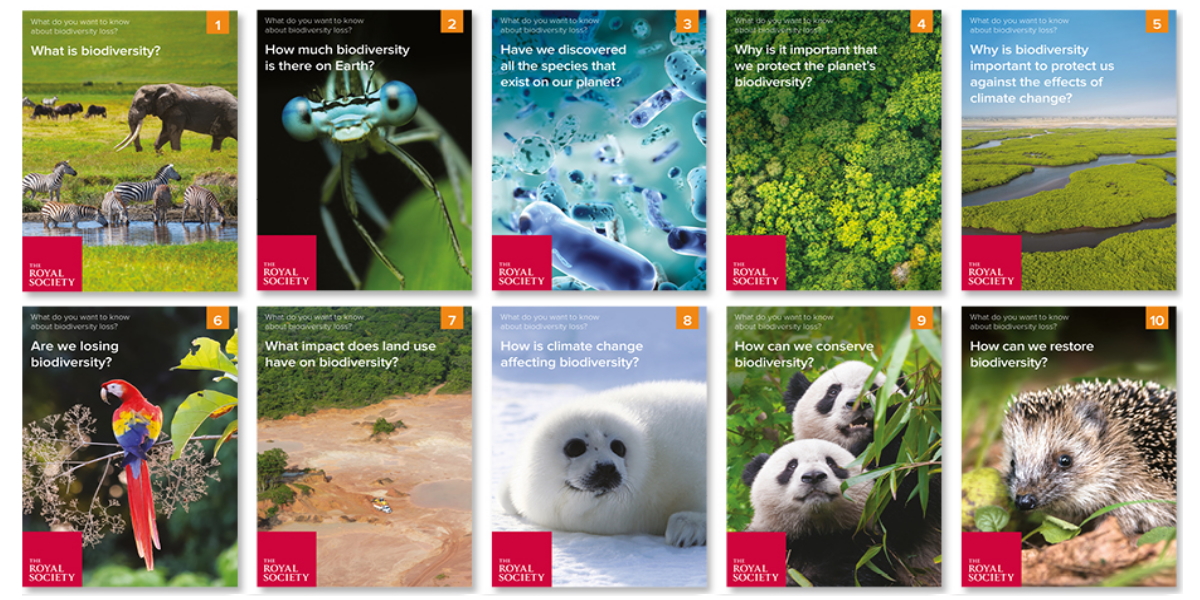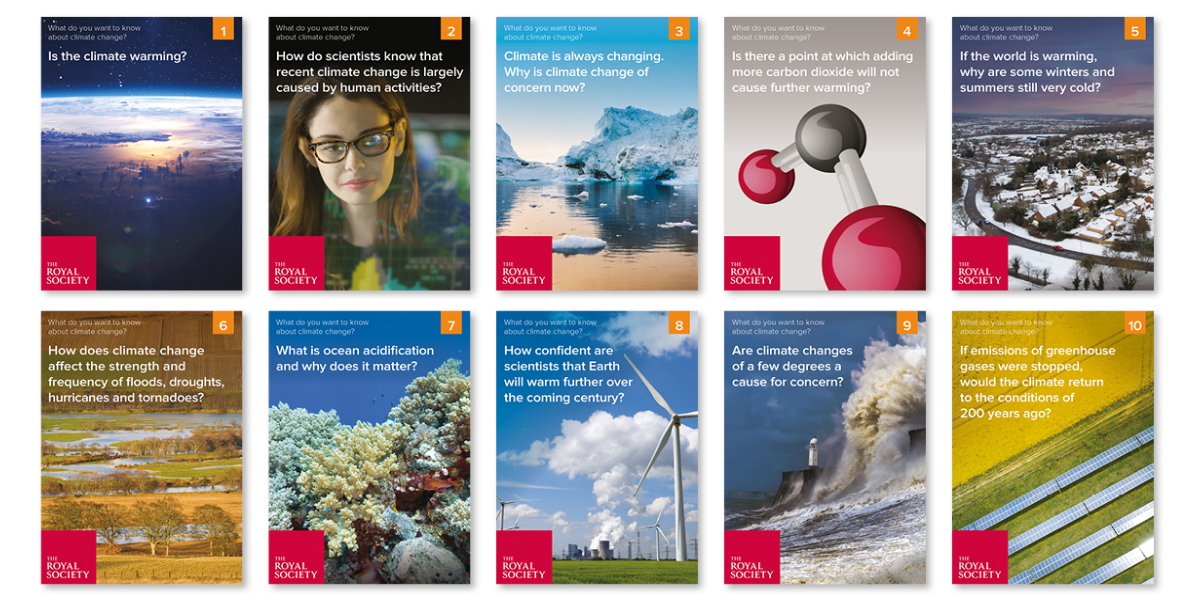Filters
Clear allSubject
Age range
Type
- Activity sheet (3) Apply Activity sheet filter
- Group work (1) Apply Group work filter
- Information sheet (2) Apply Information sheet filter
- Interactive resource (1) Apply Interactive resource filter
- Poster (3) Apply Poster filter
- (-) Remove Presentation filter Presentation
- Research (2) Apply Research filter
- Self assessment (1) Apply Self assessment filter
- Teacher guidance (12) Apply Teacher guidance filter
- Textbook (2) Apply Textbook filter
- Include Physical Resources (0) Apply Include Physical Resources filter
Showing 15 results
This resource from Wellcome Trust Sanger Institute is a practical, classroom activity that allows the students to make a balloon model of a disease-causing bacterium. This illustrates its basic shape and structure. Students can choose from three bacteria species...
This unplugged activity, from the CS4FN team at Queen Mary University of London, helps learners to understand variable assignment and operations. They use the idea of variables as boxes as the basis of a group activity, developing their use of logical thinking to trace variables through programs.
The...
This unplugged activity from Peter McOwan and Paul Curzon mingles computer science with biology. A group activity is used that mimics the firing of neurons within the brain. These trigger other neurons to fire – these can be compared to AND gates in logic circuits.
The ‘brain in a bag’ kits used in the...
This is a classroom-based activity from the Wellcome Trust Sanger Institute that allows students to explore the features of two bacterial pathogen genomes. The aim of this activity is to highlight the role of different genetic components in two closely related subspecies of Salmonella enterica, and to identify how...
The Careers in Space workshop included inputs from: * Vicki Hodges on Astrium's STEM Ambassadors programme * Rosalind Azouzi on Space Tourism and the Next Generation * Lloyd Marshall on Apprenticeship opportunities with Astrium
This challenge, from Practical Action, requires students to design and build a model structure that will enable farmers to grow crops even in an area that may become flooded. A floating garden, built on a base of aquatic weeds, is a low cost and sustainable way of allowing people to grow vegetables. The resource...
The IDEAS training materials are for use on continuous professional development courses to support the teaching of ideas and evidence in school science. The materials offer six in-service CPD sessions, which take approximately half a day each. Ideas and approaches for lessons are illustrated using materials...
This activity from the Computer Science for Fun (CS4FN) team at QMUL is an introduction to algorithms suitable for those in upper primary school. A ‘self-working’ magic trick is shown – this is a trick that works every time, as long as the process is followed exactly. No understanding of the trick is needed by the...
The ‘presentation’ section of the Fixpert's resource focuses on documenting the Fixpert's project in the form of a film, presentation, folder, blog or any other medium students choose. It encourages students to be reflective and critical of their practice, along with developing presentation and story-telling skills...
This activity from the CS4FN team at QMUL is a metaphorical introduction to Human-Computer Interaction (HCI), graphical user interfaces (GUIs) and the difficulties of working at the command line.
The whole-class activity uses a game called spit-not-so. The winner of the game is the first to choose, from a...
Using a set of simple ‘swap puzzles’, this CS4FN activity helps students to learn, fundamentally, what an algorithm is and how they can be made more efficient. Students are encouraged to create algorithms for solving the puzzles which can be used by future players to win, with no understanding of the game, in as...
This unplugged activity from the CS4FN team uses two examples – an insulting computer and one that can play snap – to look at simple computer programming, flow of control and logic. Everything is provided for this front-of-class activity, which would act as an effective starter for a lesson on programming concepts...
In this activity from the CS4FN team, learners are introduced to algorithms in the context of artificial intelligence. They are challenged to beat a ‘piece of paper’ at a game of noughts and crosses. By following a simple algorithm, the piece of paper becomes very difficult to beat. The algorithm is a sequence of...

These evidence-based, question and answer style classroom resources can be used to engage students of all ages...

These evidence-based, question and answer style classroom resources can be used to engage students in the climate...
